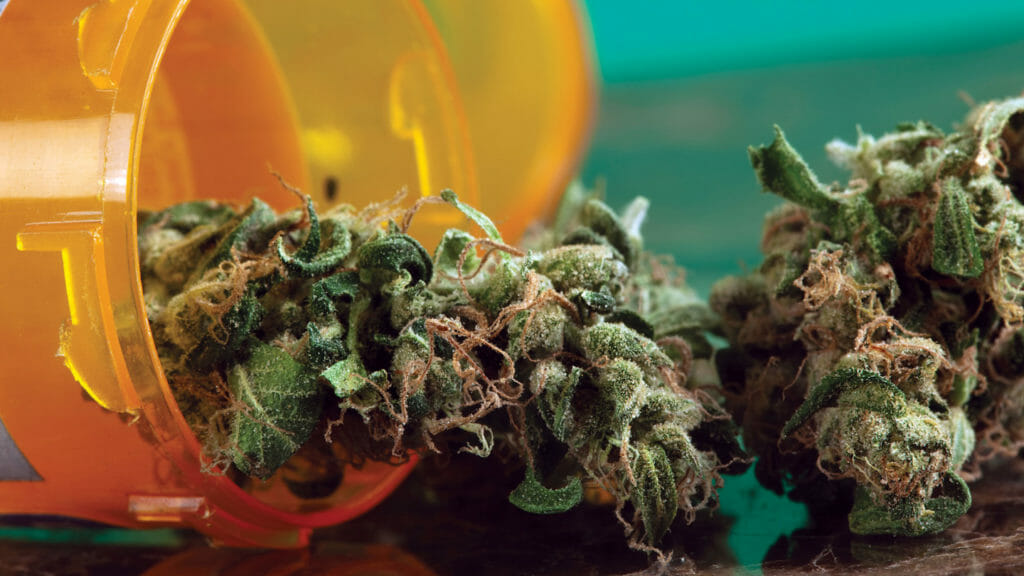
Among older adults living in states where recreational marijuana is illegal, 20% have a history of using it and 5% did so in the past year. Rates could be higher in regions that have legalized recreational use, according to a study published April 12 in the International Journal of Geriatric Psychiatry.
Researchers evaluated data on 910 people in the Monongahela-Youghiogheny Healthy Aging Team (MYHAT) study, which includes people aged 65 and up from a small town in Pennsylvania. Half of the people were women and half were the average age of 77. Most were non-Hispanic white.
People self-reported their marijuana use, including symptoms of mood disorders. The people underwent tests for cognitive abilities and functioning, as well as a dementia evaluation.
One in 5 of the people used marijuana in the past and 5% said they used it in the past year.
Of those who used marijuana, 41% did so for pain and 37% did it recreationally. Those who used it regularly were more also likely to use cigarettes or alcohol, experience anxiety or depression, and have problems with focusing. They were more likely to be male, under the age of 75 and have attained a higher level of education during their lives.
The authors pointed out that about two-thirds of people used marijuana in the past year recreationally — which could be indicative of usage trends in that generation, authors said. Notably, 81% of the recreational recent users were baby boomers, a group that tends to be more accepting about the use of marijuana.
Rates of marijuana use among older adults may be even higher among medical marijuana users and those living in regions that have legalized recreational marijuana use, the authors noted.
“Healthcare providers in regions without legal recreational marijuana, such as Pennsylvania, should be aware that some of their older patients may be using marijuana for recreational purposes,” the authors wrote.
The team pointed out that the recent users were more likely to have issues with attention and more apt to have sleep problems and be younger compared to those who hadn’t used it recently.
“It may therefore be useful for clinicians to ask older patients with pain and sleep continuity problems whether they are using marijuana,” the authors wrote.
Marijuana use is more common in urban areas. As a result, the authors wrote that their analysis may underestimate use among older adults.
“It is possible that older adults from small towns who use marijuana may represent people who are at greater risk of health behaviors than older people from large urban areas,” the authors wrote.



